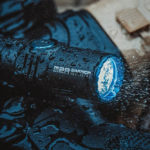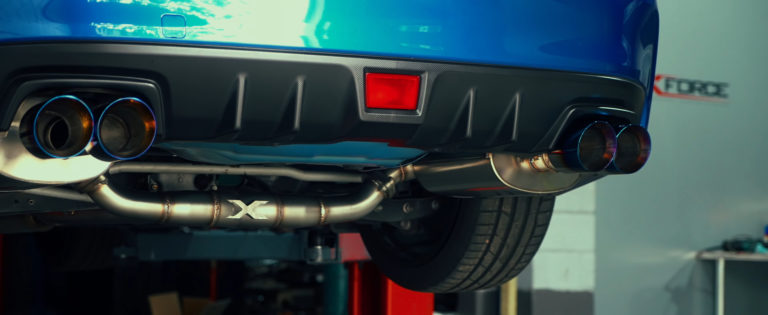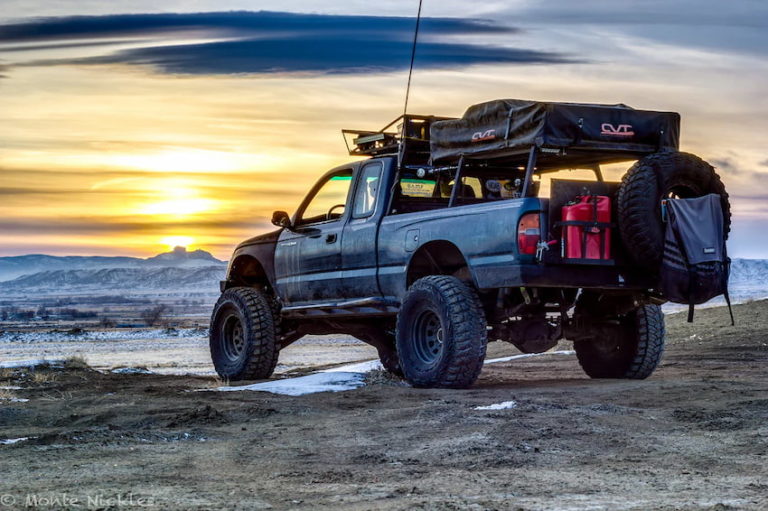Toyota has been outselling every other car brand for the best parts of the last twenty years. Their reputation rests in providing capable, reliable and frugal vehicles at accessible prices. Low maintenance and servicing costs also lure large numbers of customers, as well as decent warranties backed by the largest dealer network in Australia. Their lineup consists of vehicles catering to all customers, with a wide range of trims and accessories list.
The Hilux has been at the top of Toyota sales, fending off rivals to be the best-selling ute for years. It has punchy petrol or diesels engines, mated to an auto box or stick shifter, decent pulling power and good ground clearance. The ideal vehicle for both tradies and off-roading enthusiasts. Toyota lists a range of accessories for all variants, and cab types. If you’re looking to add more space and carrying capacity, one item not to be overlooked is roof racks to suit Toyota Hilux.
Benefits of Roof Racks
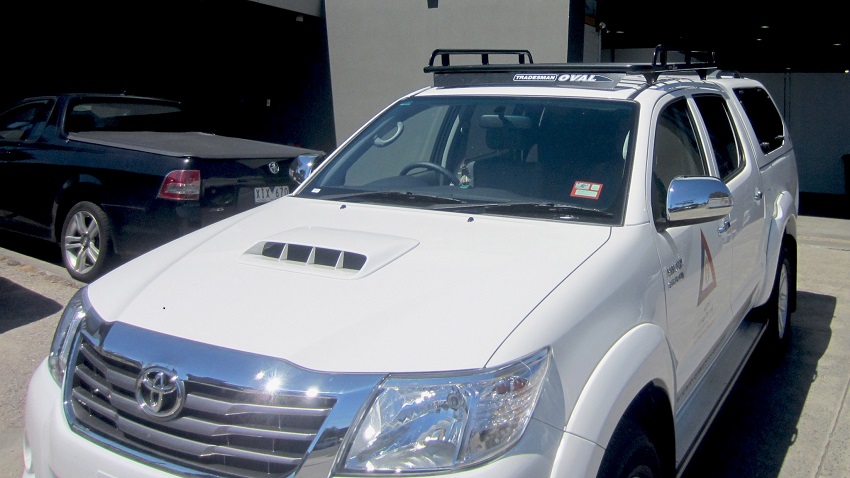
Utes have tons of loading space in the tray or tub, but for many people, even this isn’t enough. At 1550mm, the Hilux has the longest tub among all utes currently sold, and this is paired with a decent height of 490mm. For any items that are longer, you’ll need a dedicated roof rack. Things like canoes, bikes, ladders and skis can be carried much more safely when tied down on an appropriate rack. While these things may fit in the tub, they will be jostling around in slight bends and any imperfection in the road. Having those items secured safely on the roof won’t cause any scraping or damage to the tub floor and paintwork.
In addition, smaller items can be stored on roof racks to make way for more available space in the tub for anything else you may need. This means that things like tools, spare wheels, or luggage won’t take away invaluable passenger space in the cabin, so comfort inside remains high for all occupants. Another boon is the ability to use roof racks as mounting points for accessories like off-roading lights, or camping items like tents and awnings. So, both campers and professionals can benefit.
Then, there’s safety to think of. Anything tied down on a roof rack won’t affect visibility (especially to the rear) and the even distribution of weight along the Hilux helps in better handling. This is critical when off-roading, but is as important when on the tarmac. Lastly, there’s the visual appeal of roof racks. Well-appointed and well-designed roof racks add some flair and off-roading ruggedness to all trim levels.
What to Look for?
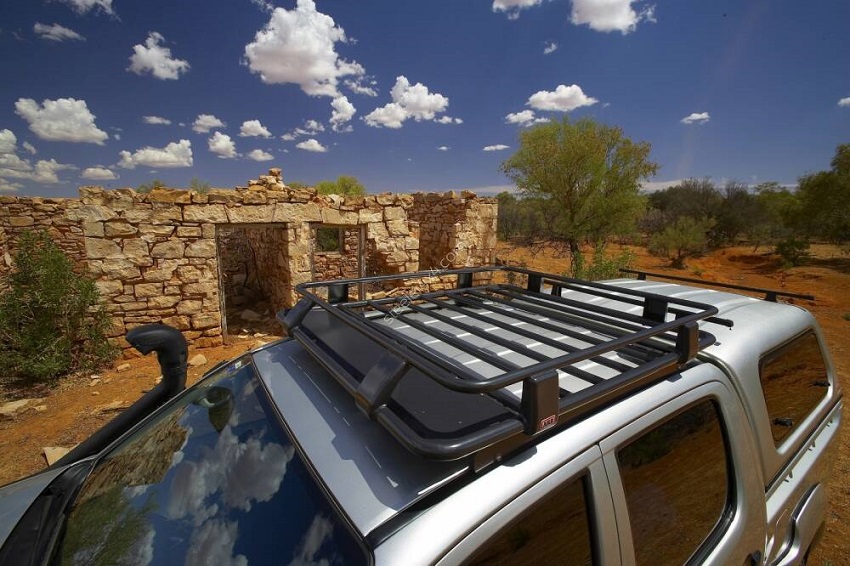
When buying roof racks to suit Toyota Hilux, there are a few things to look for to get the most out of your purchase. First is the price. OEM racks are offered at dealerships, and these are a worthy addition if you can haggle a deal. Otherwise paying full price just doesn’t make sense. Cheaper, and better-featured roof racks are available aftermarket.
Next is the type of rack you need. This also depends on the cab style. Flat platforms in mesh or bar designs are good for carrying extra-long items, and are more suited to extra-cab and dual cab Hilux variants. Longer platforms, up to 1500mm, can be positioned atop dual cab roofs without issue. If you often carry smaller items, like toolboxes, tyres, materials and gear needed at the job site or camping grounds, a roof basket might come in handy. These feature additional side rails so you can better organise your stuff. They’re also good for attaching awnings, tents or screens when camping.
Racks are fitted according to the roof type. Generally, there are two types. Raised rails have factory-fitted mounting points to take a pair (or several) crossbars. The other option is roof channels or rain gutters that fit the rack with clamps. Check the mounting options on your Hilux. Both types allow for flexibility in terms of positioning. Depending on which you go for, there might be the need to drill in the roofline when they are fitted.
What you can carry is determined by the materials used and the carrying capacity. Roof racks come in either as aluminium, or slightly heavier stainless steel. Most variants are treated with resistant coatings, so no nasty surprises from corrosion or wear in bad weather. As for the weight loading, bigger racks will naturally be able to carry more items, and more weight. They’ll also be rated to carry far more than the roof itself. Typically, even smaller racks are rated for over 100 kilos, but for safety reasons, builders specify more conservative numbers.
Next, figure out what you’ll be using the roof rack for. What you’ll be carrying determines the type of rack to get, either a platform or basket, as well as the size. All racks are designed to accommodate the width of the roofline, but differ in length. As mentioned, this also depends on the available roof space in the different cab variants.
Lastly, consider installation. Getting a roof rack fitted by a pro is your safest bet, as some additional work might be needed. Alternatively, you can fit it yourself, as kits include all necessary mounting components, and save on labour costs.

